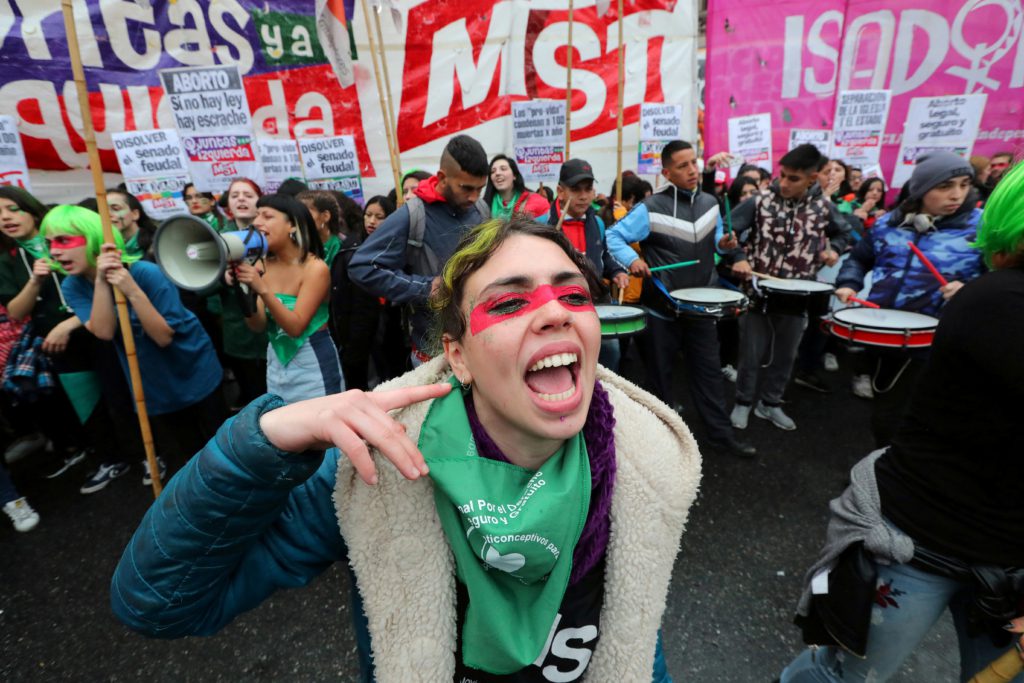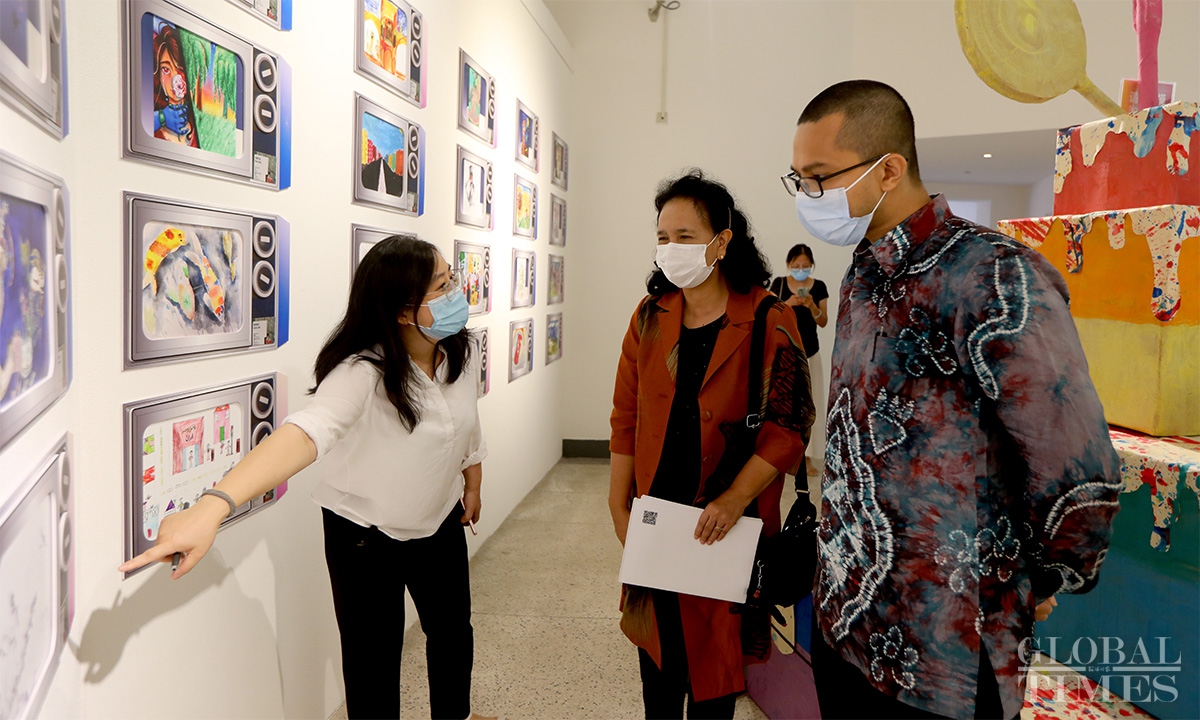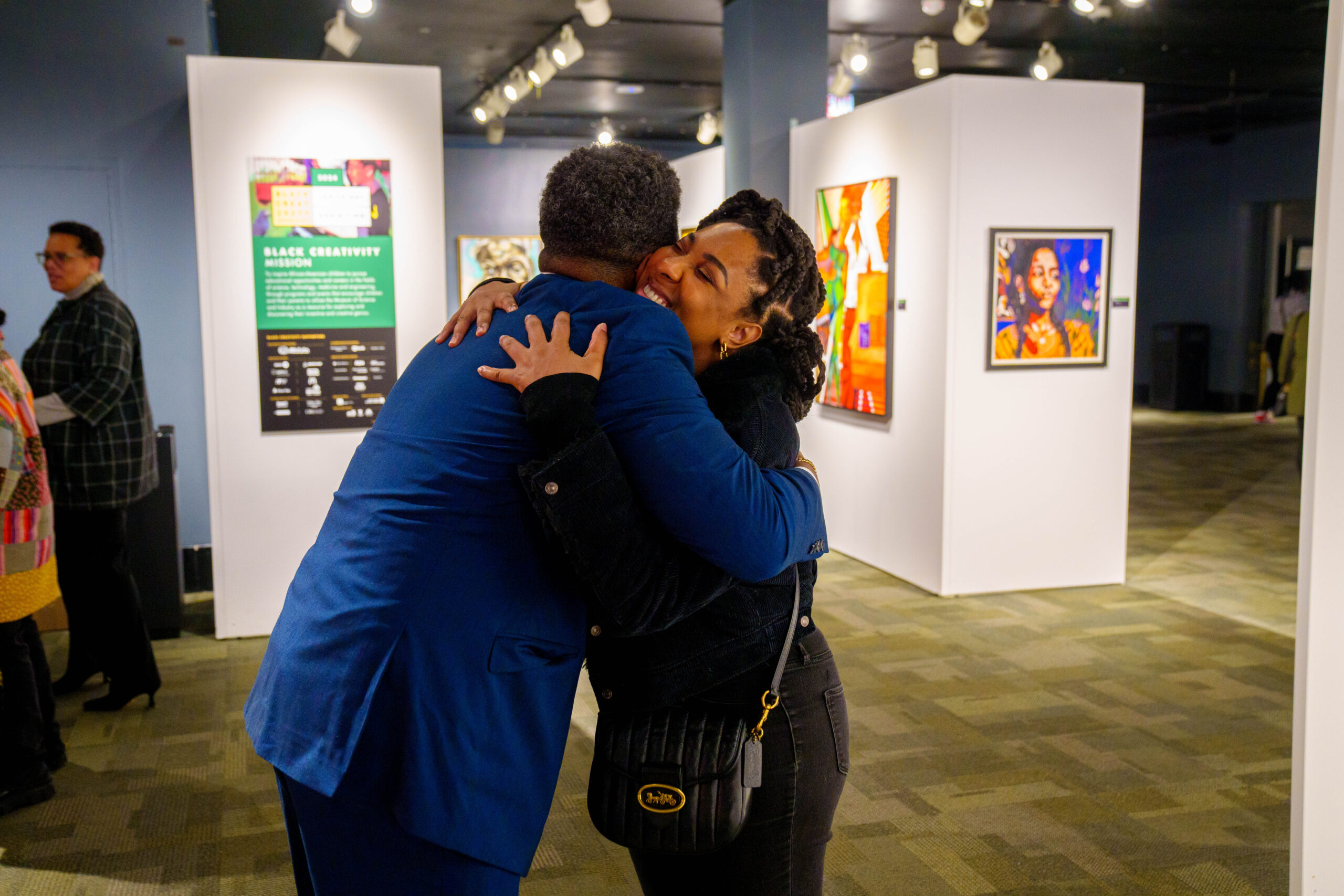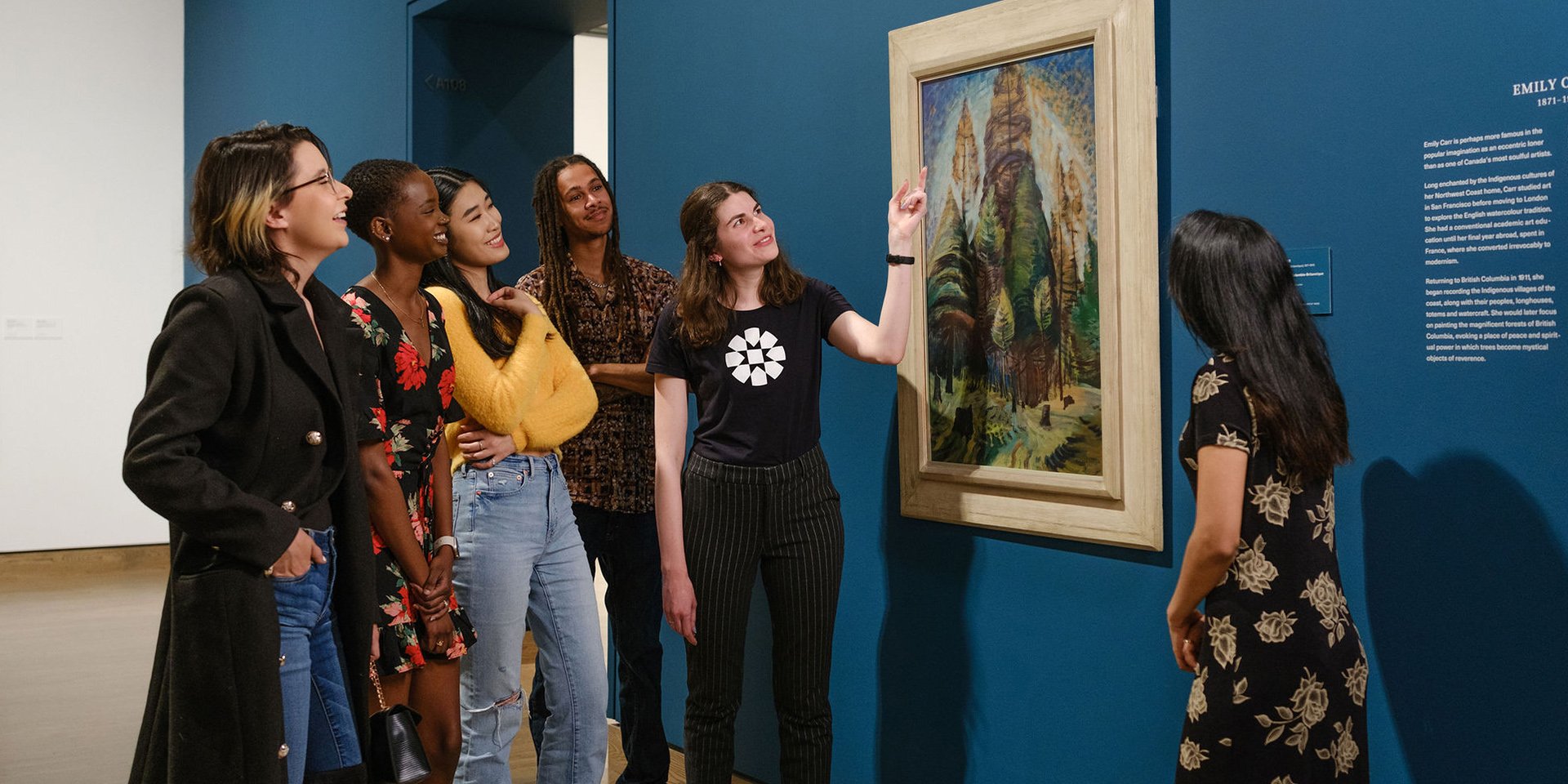Introduction to a Transformative Showcase
Every spring, the University of Michigan’s Prison Creative Arts Project (PCAP) unveils a remarkable event that transcends the walls of confinement: the Annual Exhibition of Artists in Michigan Prisons. In its 28th year, held from March 19 to April 2, 2024, at the Duderstadt Gallery in Ann Arbor, this exhibition showcased over 750 works of art by 479 incarcerated artists from 24 men’s and one women’s prisons across Michigan. This is no ordinary art show—it’s a vibrant testament to human resilience, creativity, and the power of expression under the most challenging circumstances.
What Is the Prison Creative Arts Project?
PCAP, a program under the University of Michigan’s College of Literature, Science, and the Arts, is dedicated to fostering artistic collaboration between incarcerated individuals and the broader community. Founded in 1990, it facilitates workshops in visual arts, theater, music, and writing, aiming to humanize those behind bars, break stereotypes, and spark dialogue about mass incarceration. The annual exhibition, its flagship event, is the world’s largest display of art by incarcerated artists.
Why the 28th Annual Exhibition Matters
The 28th Annual Exhibition, held at the James and Anne Duderstadt Center Gallery, was a milestone in PCAP’s mission to amplify marginalized voices. Featuring a diverse array of mediums—paintings, sculptures, crochet, and more—it offered a window into the hearts and minds of artists who create with limited resources. This event not only celebrates their talent but also challenges societal perceptions of incarceration.
The Journey of the Exhibition: From Prison to Gallery
How the Art Selection Process Works
The journey to the 28th Annual Exhibition begins in late summer when PCAP sends letters to incarcerated artists and posts announcements in Michigan’s 25 state prisons. Between October and January, curators, students, and volunteers visit each facility, engaging directly with artists. These visits, often held in gyms or classrooms, involve heartfelt discussions about the creative process, followed by a meticulous selection process based on originality, uniqueness, commitment, and personal expression—not technical skill.
Curating with Care and Respect
During art selection visits, PCAP teams spend hours reviewing works, ensuring at least two curators are present at each prison. Artists display their pieces, share their stories, and then step aside as curators deliberate. The chosen artworks are photographed, cataloged, and prepared in Ann Arbor for the exhibition. This process reflects PCAP’s ethos of treating artists with “unconditional kindness,” focusing on their growth rather than their past.
Thematic Curation for 2024
For the 28th exhibition, PCAP introduced a thematic approach to curation, a new initiative driven by a dedicated Exhibition Design Meeting. Themes like humor, resilience, and personal journeys emerged, with pieces like Radu’s “Dreaming of a Way Out/Wishful Thinking” using satire to depict a fantastical prison escape via UFO. This thematic arrangement deepened the visitor experience, making the art more relatable and impactful.
The Artworks: A Tapestry of Stories and Mediums
Diversity in Mediums and Materials
The 2024 exhibition featured an eclectic mix of over 750 pieces, from intricate crochet blankets to anatomically precise sculptures made from soap and acrylic paint. Limited by prison resources, artists often repurpose found objects, showcasing ingenuity. For instance, one artist crafted a detailed brain and skull model, teaching himself anatomy in the process, proving that creativity knows no bounds.
Highlighted Works and Their Stories
- “The Path” by Duane Montney: A poignant piece by a recently released artist, this work uses charcoal, graphite, and paint to trace his 32-year journey through incarceration. It’s a visual narrative of transformation, from darkness to hope.
- “Kings Gambit” by Marte’nez Sr.: This acrylic painting captures strategic depth, reflecting the artist’s introspective approach to life behind bars.
- “30 Animal Granny Square Blanket” by Douglas Bail: A vibrant crochet piece showcasing patience and skill, this blanket weaves together stories of endurance.
The Emotional Impact of the Art
Walking through the Duderstadt Gallery, visitors encounter raw emotion in every piece. A pencil-drawn portrait might reveal an artist’s longing for family, while a wildlife painting could symbolize freedom. As one visitor, Somya Valecha, noted, “I’m just surprised how detailed all of these pieces are and how they each have a unique expression.” The art gives voice to the voiceless, resonating deeply with viewers.
The Artists: Voices Behind the Walls
Duane Montney’s Story of Redemption
Duane Montney, a 20-year veteran of the exhibition, attended the 2024 show in person for the first time after his release in November 2023. His work, including “The Path,” reflects his evolution as an artist and individual. “PCAP’s shows have meant so many things to me,” he shared. “It’s been an avenue to explore the issues prisoners face, the dark stuff and eventually some fun things.”
Why Artists Participate
For many incarcerated artists, PCAP offers a rare opportunity to connect with the outside world. Creating art fosters personal growth, builds confidence, and provides a creative outlet in an environment designed to suppress individuality. The exhibition also allows artists to earn money—over $18,000 in sales were recorded in 2024, with proceeds going directly to the artists for supplies or personal use.
Challenges of Creating in Prison
Artistic expression in prison comes with unique hurdles:
- Limited Supplies: Artists often lack access to quality materials, relying on bartered or repurposed items like soap or cardboard.
- Time Constraints: Prison schedules leave little room for creative work.
- Emotional Barriers: The psychological toll of incarceration can stifle inspiration, yet many artists find solace in their craft.
Despite these challenges, the quality and depth of the work are astounding, as PCAP’s focus on authenticity over technical skill allows raw talent to shine.
The Impact of PCAP’s Mission
Humanizing Incarcerated Individuals
PCAP’s mission is to humanize those impacted by the justice system. By showcasing their art, the exhibition challenges stereotypes and fosters empathy. “Art has truly saved my life,” artist DaJuan wrote. “It has brought light in a place designed to keep us in the dark.” This sentiment echoes through the gallery, reminding visitors of the humanity behind the bars.
Community Engagement and Education
The exhibition engages the University of Michigan community and beyond. Students play a pivotal role, with a new curation mini-course in 2024 immersing them in the selection process. Visitors, from students to faculty like Assistant Professor Albert Berehas, who purchased politically charged pieces, leave with a deeper understanding of incarceration’s complexities.
Economic and Social Benefits
| Aspect | Impact |
|---|---|
| Art Sales | Over $18,000 in 2024, directly supporting artists. |
| Community Involvement | Engages students, volunteers, and the public in meaningful dialogue. |
| Artist Growth | Fosters confidence, skill development, and creative expression. |
| Social Awareness | Challenges stereotypes and promotes restorative justice. |
The exhibition’s proceeds empower artists to continue their work, while its visibility sparks conversations about rehabilitation and reform.
Comparing PCAP to Other Prison Art Programs
PCAP vs. Other Initiatives
| Program | Location | Scope | Unique Feature |
|---|---|---|---|
| PCAP | Michigan, USA | 25 state prisons, 750+ artworks | Largest incarcerated art exhibition globally, thematic curation. |
| Cañon City Prison Art Program | Colorado, USA | Supermax facility focus | Includes high-profile inmates, raises ethical questions about sales. |
| Art With Elders | California, USA | Focus on elderly inmates | Smaller scale, community-based exhibits. |
PCAP stands out for its scale and community-driven approach, involving students and volunteers in every step, from curation to installation. Unlike Colorado’s program, which grapples with ethical debates over selling art by notorious inmates, PCAP focuses on the art itself, not the artists’ crimes.
Pros and Cons of PCAP’s Approach
Pros:
- Empowers artists through direct sales and feedback.
- Engages a wide community, fostering empathy and education.
- Prioritizes authenticity over technical skill, encouraging diverse expressions.
Cons:
- Limited to Michigan prisons, excluding other regions.
- Resource constraints in prisons can limit artistic output.
- Short exhibition duration (two weeks) may limit public access.
People Also Ask (PAA) Section
What is the Prison Creative Arts Project?
PCAP is a University of Michigan initiative that promotes artistic collaboration between incarcerated individuals and the public through workshops and exhibitions. Its flagship event, the Annual Exhibition of Artists in Michigan Prisons, showcases hundreds of artworks to humanize inmates and challenge stereotypes.
Where can I visit the PCAP exhibition?
The 28th Annual Exhibition was held at the Duderstadt Gallery, 2281 Bonisteel Blvd., Ann Arbor, from March 19 to April 2, 2024. It’s free to the public, with hours from noon–6 p.m. (Sunday–Monday) and 10 a.m.–7 p.m. (Tuesday–Saturday). An online gallery is also available at dcc.carceralstateproject.lsa.umich.edu.
How can I support incarcerated artists?
You can support artists by purchasing their work at the exhibition, writing response letters via PCAP’s digital platform, or volunteering for art selection visits. Donations to PCAP also fund workshops and future exhibitions. Visit lsa.umich.edu/pcap for details.
What types of art are featured in the exhibition?
The exhibition includes paintings, sculptures, drawings, crochet, and mixed-media pieces. Themes range from portraits and landscapes to fantasy, wildlife, and incarceration-related imagery, reflecting the artists’ diverse experiences.
How to Get Involved with PCAP
Volunteering Opportunities
PCAP welcomes students, community members, and formerly incarcerated individuals to participate in art selection visits, curation, or workshop facilitation. A training session in September or January is required for facilitators. Interested? Fill out the PCAP Interest Form at lsa.umich.edu/pcap.
Purchasing Art
Most artworks are for sale, with prices set by the artists. In 2024, sales exceeded $18,000, directly benefiting the creators. Visitors can browse pieces at the Duderstadt Gallery or online, ensuring artists receive funds for supplies or personal needs.
Donating to the Cause
Donations to PCAP support workshops, exhibitions, and the Michigan Review of Prisoner Creative Writing. Contributions can be made online via the University of Michigan’s giving portal, ensuring the program’s sustainability.
FAQ Section
How does PCAP select artwork for the exhibition?
PCAP curators visit 25 Michigan prisons, engaging with artists and selecting pieces based on originality, uniqueness, commitment, and personal expression. Technical skill is not a criterion, ensuring inclusivity for all skill levels.
Can I view the exhibition online?
Yes, the 28th Annual Exhibition is accessible online at dcc.carceralstateproject.lsa.umich.edu, where you can view all 746 artworks, listen to an audio tour, and write to artists.
How do artists benefit from the exhibition?
Artists gain recognition, emotional validation, and financial support through art sales. The process fosters personal growth, and feedback from curators encourages their creative development.
Is the exhibition open to the public?
Absolutely. The exhibition is free and open to all at the Duderstadt Gallery in Ann Arbor. It runs for two weeks each March, with extended hours to accommodate visitors.
How can I contact PCAP for more information?
For inquiries about licensing art or getting involved, email pcapinfo@umich.edu or visit lsa.umich.edu/pcap for comprehensive details.
Conclusion: Art as a Bridge to Humanity
The 28th Annual Exhibition of Artists in Michigan Prisons is more than an art show—it’s a powerful reminder of the resilience and humanity within those society often overlooks. Through PCAP’s tireless efforts, incarcerated artists find a voice, and visitors gain a deeper understanding of their stories. Whether you’re moved by a vibrant painting or a delicate sculpture, the exhibition invites you to see beyond the prison walls and connect with the universal language of creativity. Plan a visit, explore the online gallery, or support PCAP’s mission to keep this transformative work alive.





